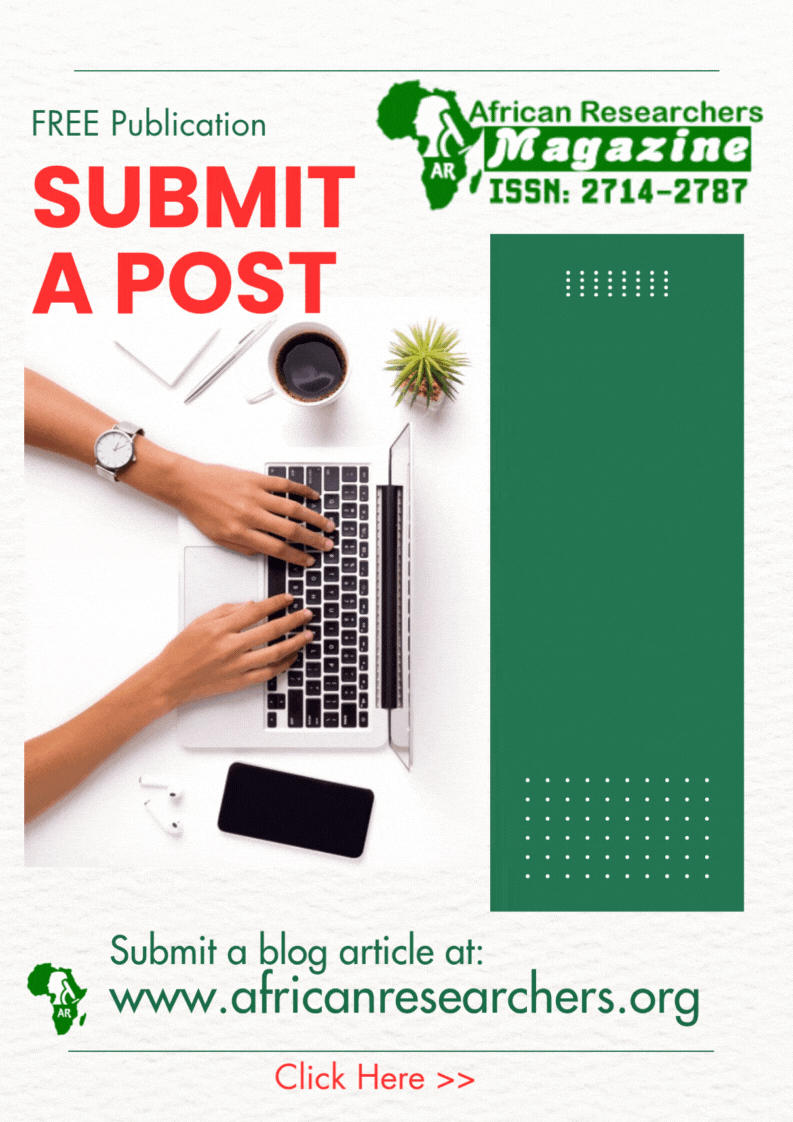Illustrative Image: Climatic and Soil Factors Shaping Cotton Production in Ethiopia: Insights from Metema and Amibara for Sustainable Yield and Fiber Quality
Image Source & Credit: Solidaridad Networks
Ownership and Usage Policy
A study by Worku et al. (2024) titled “Analyze Climatic and Edaphic Factors for Ethiopia Cotton Production and Quality” published in Abyssinia Journal of Engineering and Computing reveals that Ethiopia currently cultivates only about 3% of its potential, leading to continued reliance on cotton imports to meet domestic textile industry demand.
“
Climatic conditions and soil health are key drivers of cotton yield and fiber quality in Ethiopia, highlighting vast untapped potential.
– Worku et al. 2024
This study investigates how climatic and edaphic (soil-related) factors impact cotton production and fiber quality in Ethiopia, focusing specifically on Metema in the Amhara region and Amibara in the Afar region—two of the country’s most significant cotton-growing areas. Climate emerged as a central factor in determining both cotton yield and fiber characteristics. Optimal temperature ranges—particularly moderate warmth between 20°C and 30°C during germination—were found to enhance plant productivity. While heat during seedling and blooming stages can be beneficial when coupled with sufficient rainfall, extreme temperatures combined with high evaporation rates often induce water stress, disrupting boll formation and reducing yield.
Rainfall patterns further influence cotton development. Adequate precipitation during the vegetative and flowering stages supports growth and boosts yield, but excessive rain during fiber maturation and harvest periods can diminish both productivity and fiber quality. Additionally, relative humidity and seasonal moisture balance play a vital role: dry air accelerates plant stress, affecting growth and fiber development.
Soil characteristics also significantly shape cotton outcomes, particularly fiber traits. The study observed that cotton thrives in soils with pH levels ranging from 5.7 to 6.8, a moderately acidic to neutral range ideal for nutrient uptake. Essential macronutrients—nitrogen, phosphorus, and potassium—each serve critical roles: nitrogen fosters plant growth and fiber maturity; phosphorus enhances structural compounds and fiber development; and potassium supports water regulation, photosynthesis, and enzymatic functions, all of which contribute to fiber strength and size.
Post-ginning analysis of cotton samples from both regions provided key insights into fiber quality:
- Fibre length, which affects yarn strength and spinability, was generally longer and more uniform in Amibara.
- Short Fiber Content, which contributes to waste and yarn inconsistency, was higher in Metema—possibly due to premature harvesting or less mature crops.
- Trash Content, impacting cleanliness and processing efficiency, was more prevalent in Amibara, likely due to environmental exposure and manual handling.
- Fiber Strength, critical for yarn durability, was highest in Metema’s top-performing farms.
Despite having vast cotton-suitable land, Ethiopia currently cultivates only about 3% of its potential, leading to continued reliance on cotton imports to meet domestic textile industry demand. This reveals significant opportunities to enhance local production by optimizing cultivation in regions with favorable climate and soil conditions. To unlock this potential, Ethiopia must adopt targeted farming strategies and invest in continuous agronomic research. Efforts should prioritize improving crop resilience against climate variability, ensuring consistent fiber quality, and promoting sustainability and long-term economic viability in cotton farming.
How the Study was Conducted
This study was conducted in Metema (Amhara region) and Amibara (Afar region), two prominent cotton-producing areas in Ethiopia. These sites were selected based on their substantial historical cotton output. Detailed geographic data—including latitude, longitude, and proximity to major towns—were recorded for spatial context.
Data Collection
The research utilized both primary and secondary data sources.
Primary data were gathered directly from farmers, ginneries, and spinning mills using semi-structured interviews and questionnaires. These tools enabled flexible exploration of key topics such as cotton yield, farming practices, and farmers’ perceptions of climate impacts.
Secondary data were obtained from agricultural reports, meteorological records (sourced from Bahirdar and Samara branches), and government publications. The dataset spanned the years 2018 to 2022 and included variables such as cotton yield per hectare, minimum and maximum temperatures, rainfall patterns, humidity levels, and soil characteristics.
Sampling Strategy and Farm Selection
Farms were purposefully selected to represent a range of historical production levels—high, medium, and low. In Metema, yield data were compiled from 20 kebeles, while in Amibara, several sites were included to ensure spatial diversity. Soil sampling locations were refined through visual observations and consultations with farmers.
Phenological Stage Analysis
The study focused on cotton’s four key phenological stages:
- Germination (0–30 days)
- Vegetative Growth (30–120 days)
- Flowering and Fruit Formation (60–150 days)
- Maturity and Harvesting (120–180 days)
Climatic and soil variables were matched to each stage to assess their impact on crop development and final yield.
Soil Sampling and Analysis
Soil samples were collected at three depths—20 cm, 40 cm, and 60 cm—using composite sampling techniques and standardized testing protocols. The samples were analyzed for:
- Chemical properties: Nitrogen, Phosphorus, and Potassium content
- Physical properties: pH levels and water holding capacity
Fiber Quality Assessment
Following ginning, cotton fibers were sampled and tested using industry-standard procedures to evaluate how environmental and soil factors influenced fiber performance. The analyses included:
- Trash content using a Shirley Analyzer
- Fiber strength using a Pressley Strength Tester
- Fiber length and uniformity using a digital fibrograph
This comprehensive methodology enabled a nuanced understanding of how climate and edaphic factors influence both the productivity and quality of cotton in Ethiopia’s major growing regions.
What the Authors Found
The author found that climatic conditions—particularly temperature and rainfall timing—and soil health are the most critical factors influencing cotton yield and fiber quality in Ethiopia, highlighting the potential for significantly improved domestic production through targeted, climate-smart, and soil-optimized farming practices.
Why is this important
Unlocking Ethiopia’s Cotton Potential: Despite having 2.6 million hectares suitable for cotton cultivation, only 3% is currently utilized. Boosting yield and quality could reduce import dependence, increase exports, and create more rural and industrial jobs.
Climate-Smart Farming Is Essential: Cotton is highly sensitive to temperature, rainfall, and soil. With rising climate variability, the study provides critical data to help farmers adapt and make informed planting decisions — shifting away from guesswork to strategy.
Empowering Policy and Practice: The findings serve as a guide for farmers on optimal planting times and locations, and offer policymakers a scientific basis for planning irrigation, land use, and seed distribution to improve national cotton productivity.
Strengthening the Textile Industry: Ethiopia’s textile parks and spinning mills demand high-quality cotton. Enhancing local production supports sustainable, ethical supply chains, improves fabric quality, and boosts competitiveness in global markets.
Contributing to Global Agricultural Science: Beyond Ethiopia, this research advances the global agenda on climate-smart agriculture, soil health, and data-driven crop management — offering valuable lessons for other cotton-producing nations facing similar challenges.
What the Authors Recommended
- The authors emphasise adjusting sowing and harvesting schedules to align with favorable temperature and rainfall patterns. Avoid regions or periods with excessive rainfall during fiber maturation or high evaporation without adequate moisture.
- Focus on areas like Amibara and high-performing Metema zones where soil pH and nutrient levels naturally support superior cotton yield and fiber quality.
- The study also advocates utilising more of Ethiopia’s 2.6 million hectares of cotton-suitable land — currently only 3% is in use. Scaling up cultivation can reduce imports and meet domestic textile industry demand.
- Adopt techniques that mitigate temperature stress and rainfall variability. Strengthen soil management through balanced application of key nutrients: nitrogen, phosphorus, and potassium.
- Reduce fiber contamination through better handling and harvesting practices. Introduce standardized testing tools like the Shirley Analyzer, Pressley Strength Tester, and Digital Fibrograph to ensure fiber consistency.
- Train farmers on the impact of climate and soil on cotton performance, effective sampling techniques, and moisture management. Empowered farmers can make informed, profitable, and sustainable decisions.
- In addition, support ongoing studies on climate change impacts across cotton’s growth stages. Promote the development of drought-tolerant varieties and encourage collaboration with local research institutions.
In conclusion, this study underscores the untapped potential of Ethiopia’s cotton sector, revealing that with climate-smart practices, strategic land use, and improved soil and moisture management, the country can significantly boost domestic cotton production and fiber quality—reducing import dependence, strengthening the textile industry, and driving sustainable agricultural growth.
















 The African Research (AR) Index is a comprehensive scholarly directory and database focused explicitly on journal publishers that publish and disseminate African research.
The African Research (AR) Index is a comprehensive scholarly directory and database focused explicitly on journal publishers that publish and disseminate African research.

